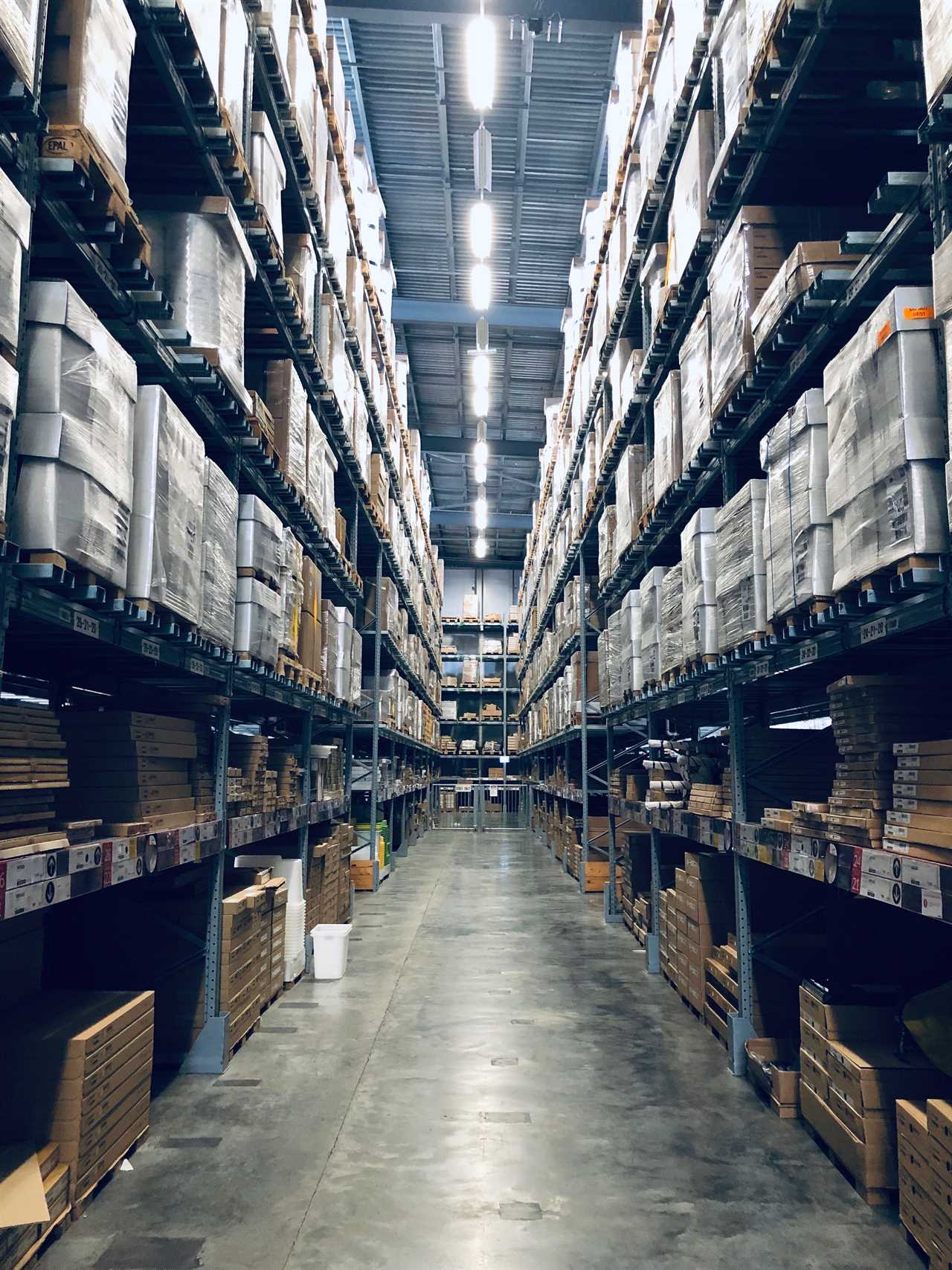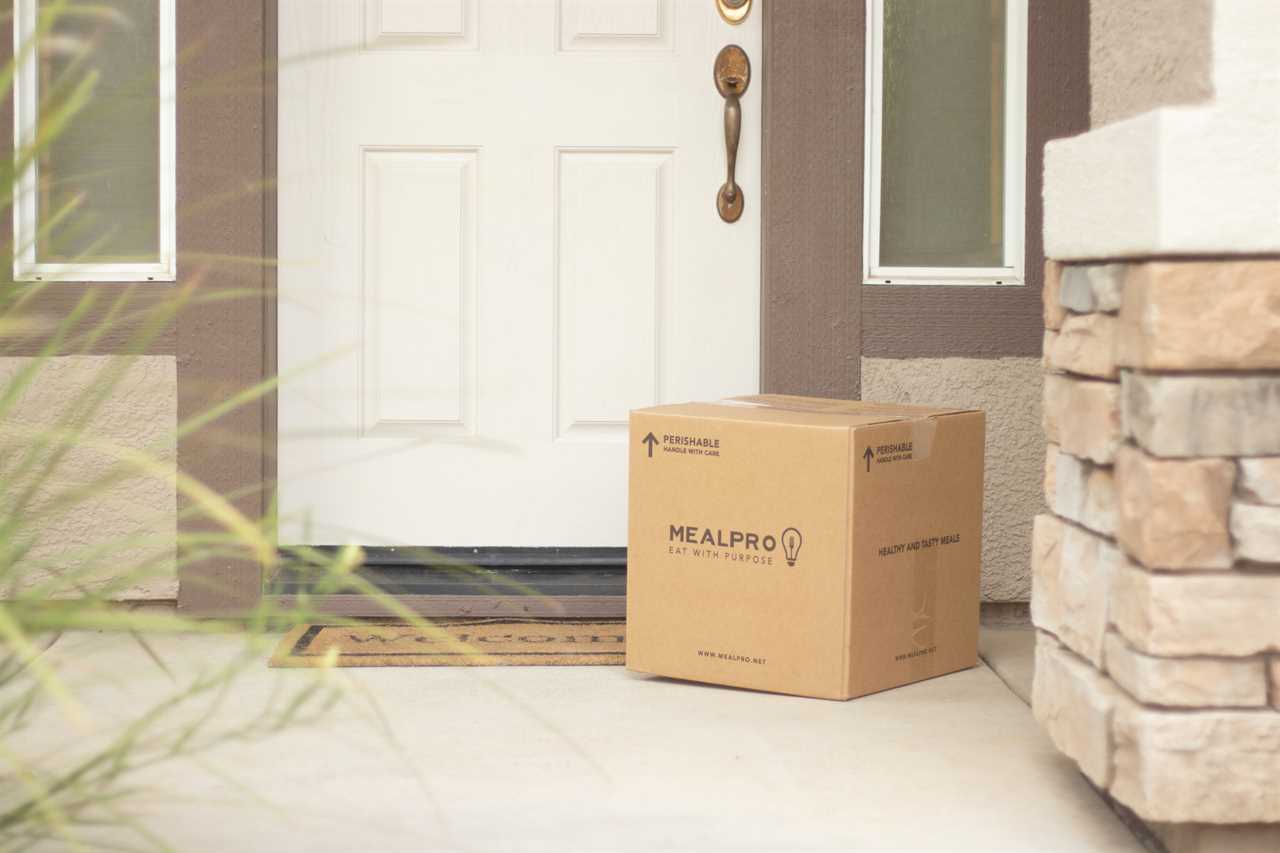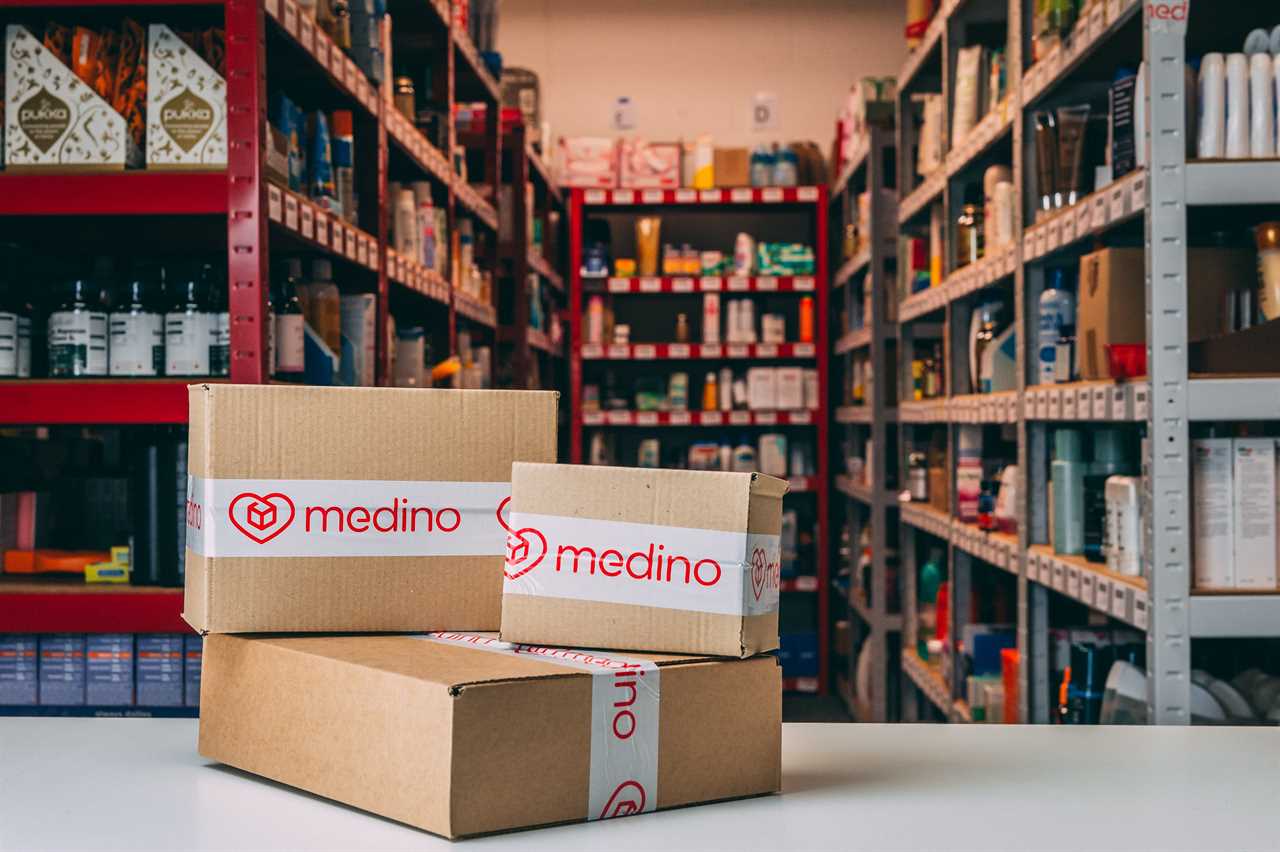
Hey there!
Looking to make some serious cash selling on Amazon? Well, you’ve come to the right place. In this beginner’s guide, we’re going to dive into the world of FBA (Fulfillment by Amazon) and show you the ropes.
We’ll walk you through everything, from the ins and outs of the program to tips for success. So, get ready to learn how to research the hottest products, source them like a pro, and create killer listings that will have customers flocking to your virtual store.
Let’s get started on your journey to financial freedom!

Key Takeaways
- Attend trade shows and utilize online platforms to connect with reputable suppliers
- Take advantage of FBA’s fulfillment process, fast delivery, and access to Amazon Prime customers
- Understand the costs and fees associated with FBA to effectively manage inventory
- Conduct thorough product research and sourcing to find high-demand and reliable products
FBA Program Overview
So, you’re interested in selling on Amazon and want to learn more about the FBA program? Well, you’re in the right place!
When it comes to finding suppliers for your products, there are a few key strategies you can employ.
Firstly, consider attending trade shows and conferences related to your industry. This is a great way to connect with potential suppliers and negotiate deals face-to-face.
Additionally, you can utilize online platforms such as Alibaba or Thomasnet to find reputable suppliers who may be willing to work with you.

When negotiating deals, it’s important to do your research and know your market value. Be prepared to discuss pricing, minimum order quantities, and any other terms that are important to your business.
Benefits of Using FBA
Maximize your sales potential and streamline your fulfillment process by utilizing the benefits of using FBA.
FBA, or Fulfillment by Amazon, offers several advantages that can help you grow your business and achieve financial freedom.
One of the key benefits is that FBA takes care of the entire fulfillment process for you, from storing your products in Amazon’s warehouses to packing and shipping them to your customers. This not only saves you time and effort but also ensures fast and reliable delivery, leading to higher customer satisfaction and repeat sales.

FBA also provides access to Amazon Prime customers, increasing your product visibility and potential sales. Additionally, FBA offers excellent customer service support, handling returns and refunds on your behalf.
To further understand the benefits of FBA, you can explore FBA case studies where sellers have experienced significant growth and success by leveraging these advantages.
How FBA Works
To understand how Fulfillment by Amazon (FBA) works, you need to know that it simplifies your fulfillment process and allows you to focus on growing your business.
With FBA, you send your products to Amazon’s fulfillment centers, and they take care of storage, packing, and shipping. This means you don’t have to worry about storing inventory or handling customer orders.

FBA also offers benefits like Prime eligibility and customer service support. However, it’s important to be aware of the costs associated with FBA. These include FBA storage fees, which are based on the volume of space your products occupy in Amazon’s warehouses.
To manage your FBA inventory effectively, you can use Amazon’s tools and reports to monitor stock levels, track sales, and forecast demand.
Costs and Fees Associated With FBA
When using Fulfillment by Amazon (FBA), it’s important for you to be aware of the costs and fees associated with the program. Calculating FBA fees is essential to understanding the financial implications of using this service.
Amazon charges fees for storage, fulfillment, and other services. Storage costs are based on the amount of space your products occupy in Amazon’s warehouses. It’s crucial to consider the size and weight of your items when calculating these fees. Additionally, Amazon may charge long-term storage fees if your inventory remains unsold for an extended period.

Understanding storage costs is vital for managing your inventory and optimizing profitability. By staying informed about the fees associated with FBA, you can make informed decisions and ensure that your business remains financially viable.
Tips for Success With FBA
Start with a strong product research process to identify profitable niches and popular product categories on Amazon. Here are four tips for success with FBA:
-
Research FBA success stories: Take the time to study successful sellers on Amazon who have used the FBA program. Learn from their strategies, product choices, and customer interactions to gain insights for your own business.
-
Master FBA inventory management: Keeping track of your inventory is crucial for smooth operations. Use Amazon’s inventory management tools to monitor stock levels, forecast demand, and prevent stockouts. This will ensure that you can fulfill orders promptly and maintain high customer satisfaction.

-
Optimize your product listings: Pay attention to product titles, descriptions, and keywords to improve visibility and attract potential buyers. Use relevant and specific keywords that your target audience is likely to search for.
-
Build a strong brand presence: Establishing a recognizable brand on Amazon can set you apart from competitors. Focus on creating a polished and professional brand image through high-quality product photos, consistent branding across listings, and engaging product descriptions.
Product Research and Sourcing
Researching popular product categories on Amazon is the first step in identifying profitable niches. The goal is to find products with high demand and low competition. This strategy increases the likelihood of success and higher profit margins.
Another important aspect is evaluating supplier reliability. Working with suppliers who consistently deliver high-quality products on time is crucial. It’s advisable to look for suppliers with positive reviews, good communication, and a track record of accurately fulfilling orders. Requesting samples from potential suppliers is also a good idea to ensure the quality meets your standards.

Thoroughly researching and evaluating both the product niche and suppliers is essential. This approach increases the chances of finding profitable products to sell on Amazon while establishing a reliable supply chain.
Frequently Asked Questions
How Do I Handle Customer Returns and Refunds When Using Fba?
When using FBA, handling customer returns and managing refunds is important. You can handle returns by setting up return settings in your seller account. Refunds are processed automatically by Amazon.
Can I Use FBA to Sell Products Internationally?
Yes, you can use FBA to sell products internationally. It offers great opportunities for international expansion and cross-border selling. You can reach a wider audience and take advantage of Amazon’s global fulfillment network.
What Are the Requirements for Packaging and Labeling Products for Fba?
To meet FBA requirements for packaging and labeling, ensure your products are properly protected, use sturdy boxes, and include necessary information on labels. Follow Amazon’s guidelines to avoid any issues and ensure smooth fulfillment.

How Does Amazon Handle Inventory Storage and Fulfillment for FBA Sellers?
Amazon handles inventory storage and fulfillment for FBA sellers by storing products in their fulfillment centers and taking care of shipping and customer service. You pay fees for storage and fulfillment based on the size and weight of your products.
Can I Sell Used or Refurbished Items Through Fba?
Yes, you can sell used or refurbished items through FBA. It’s a great way to reach a wide audience and take advantage of Amazon’s fulfillment services to streamline your business operations.


